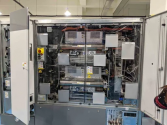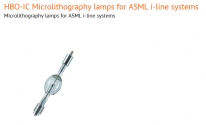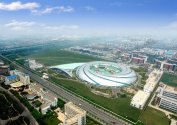I meant it in a strategic way. Like oil is a strategic "weapon" which can be used to choke an economy to the ground, the same is for chips
A country without chips is a dead economy.
I am not against setting up chip foundries in Pakistan but my question is what would Pakistan offer to acquire such an extremely valuable thing.
Correct, but in the same way PC sales never replaced mainframe sales, they merely eclipsed them... same for smartphone vs desktop sales... Think of it as layers, everything in modern society relies ultimately on the energy/materials/infrastructure layer, once that layer is matured, then the value-add stuff comes into play... Although we are in the so-called digital age or 4th industrial revolution etc we haven't yet left the oil age... but making chips is predicated upon society having access to energy, materials and sufficient EROEI threshold... however "just" having oil is no longer enough to compete in this 21st century, and while oil /energy is the blood of modern civilization, so has computers/chips become equally as important... Just like a lot of the high earner jobs today (celebrities, VP, managers, etc) are because exists the foundation of lower 'real' jobs that prop it up and make the economies of scale possible for those fluffy jobs to exists in the first place, its only because the basics like food are already taken care of that society can afford to have jobs like chip engineers or software design etc etc...
We have not left the oil age, however as oil becomes more scarce, the US is already pivoting to holding semiconductor supply chain hostage (ASML, TSMC, etc etc) just like it held OPEC hostage with its military "protection" in exchange for forcing everyone to prop up the digital dollar (was the petrodollar) so that it can continue to tax, collect rent, and squeeze, sacrifice and cannablization the rest of the world to sustain its "nonnegotitable American Way of Life TM"







